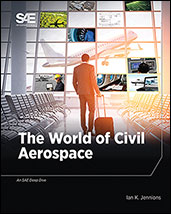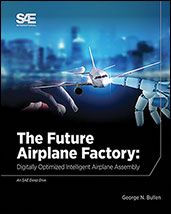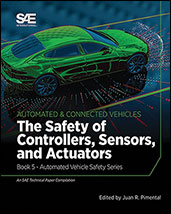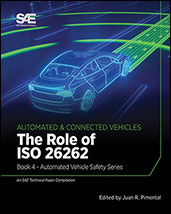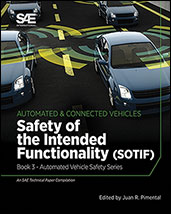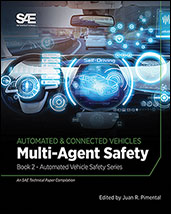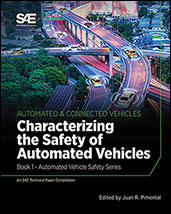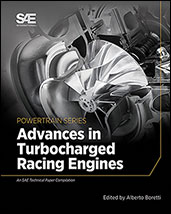Book

Introduction to Advanced Manufacturing
2019-07-24
Introduction to Advanced Manufacturing was written by two experienced and passionate engineers whose mission is to make the subject of advanced manufacturing easy to understand and a practical solution to everyday problems. Harik, Ph.D. and Wuest, Ph.D., professors who have taught the subject for decades, combined their expertise to develop both an applied manual and a theoretical reference that addresses many different needs. Introduction to Advanced Manufacturing covers the following topics in detail: • Composites Manufacturing • Smart Manufacturing • Additive Manufacturing • Computer Aided Manufacturing • Polymers Manufacturing • Assembly Processes • Manufacturing Quality Control and Productivity • Subtractive Manufacturing • Deformative Manufacturing Introduction to Advanced Manufacturing offers a new, refreshing way of studying how things are made in the digital age.



